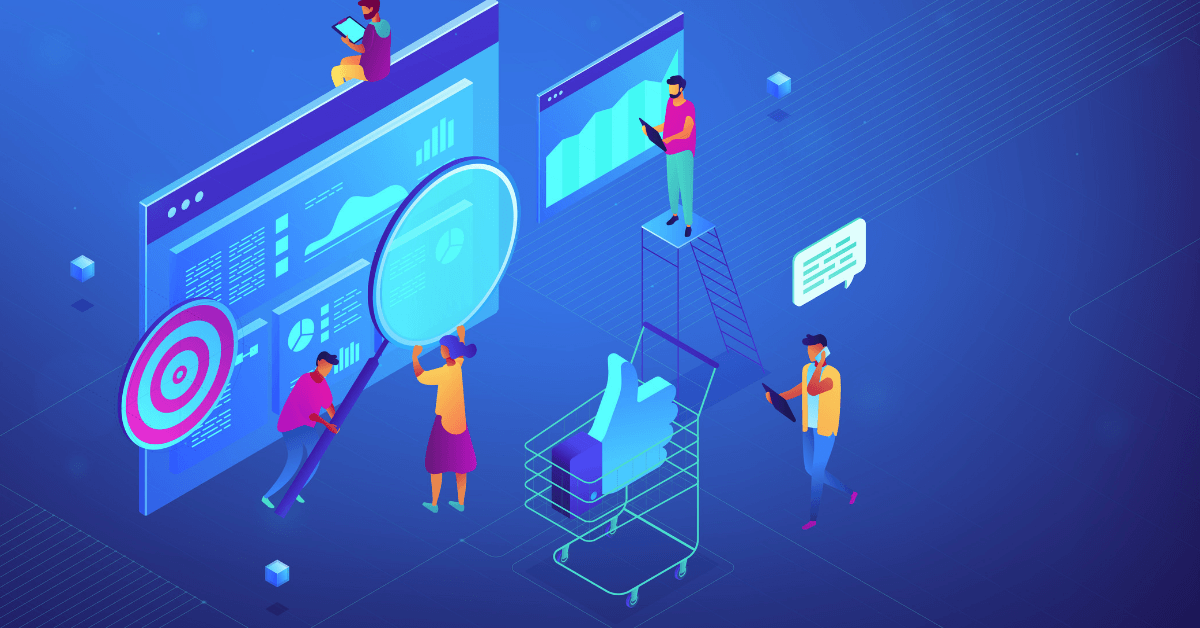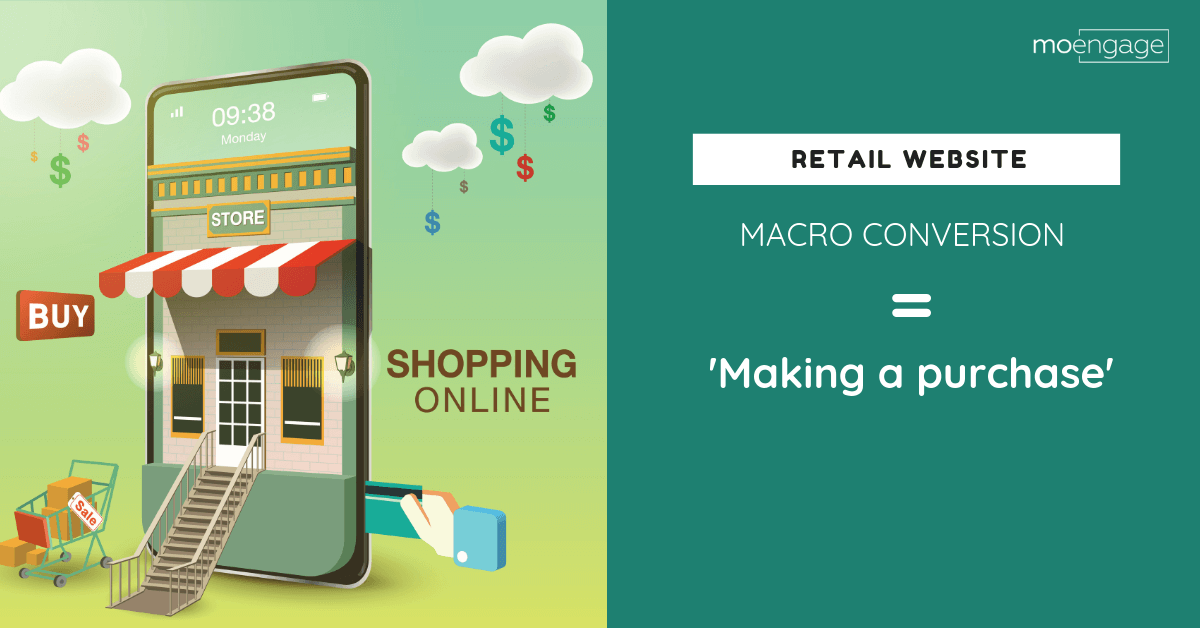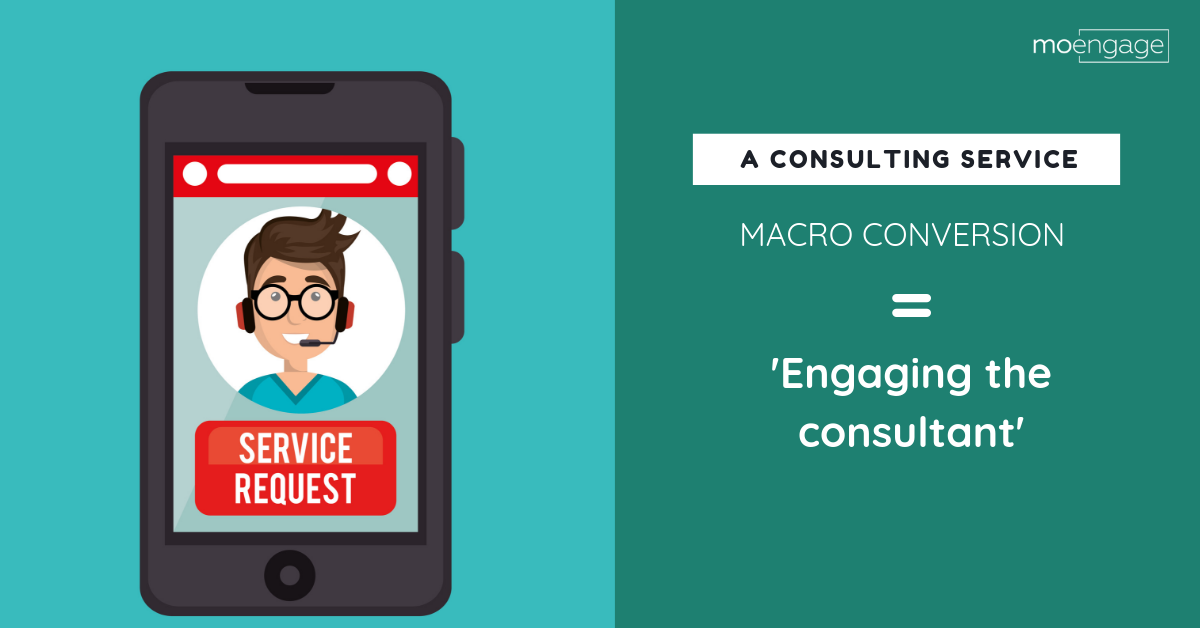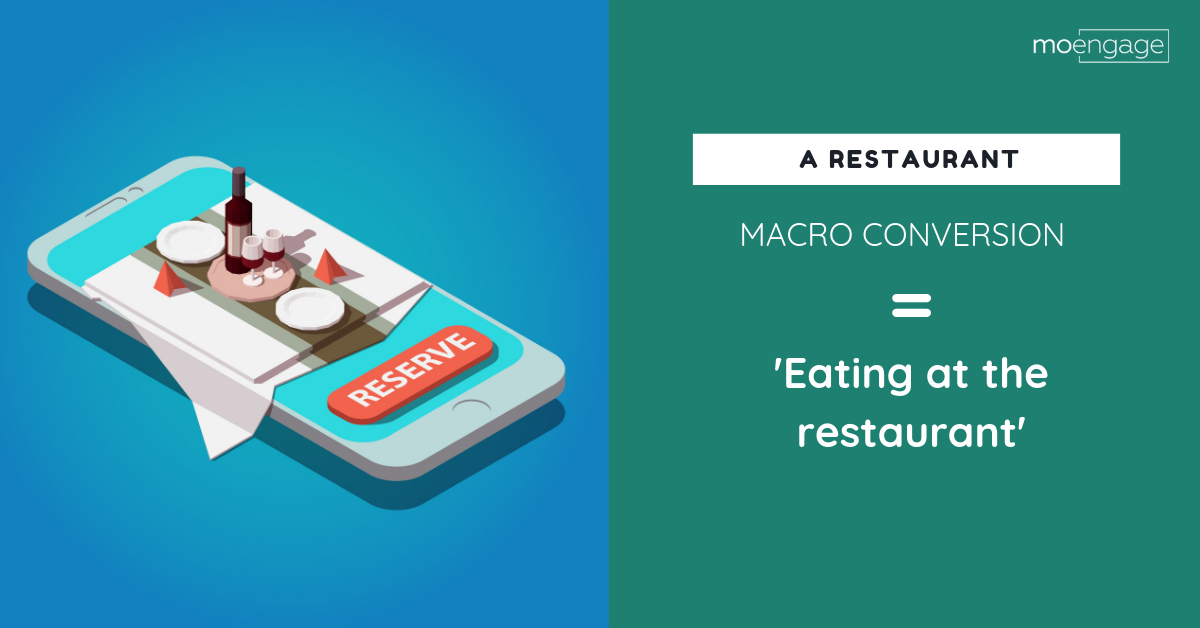How You Could Use Micro-conversions to Instill Trust and Win Customers

Reading Time: 4 minutes
|
If you were on a first date with someone and they proposed marriage, wouldn’t that be inappropriate? They would seem to skip all of the getting-to-know-you parts of courtship and go straight to the big “yes”—a macro conversion beyond measure. And you’d probably find a way to get yourself away from that date as fast as possible because that’s not normal behaviour.
Yet marketers do this all the time. They go for the big yes, the macro conversion, the sale. They forget that to get to that big yes requires a few little yeses along the way. A potential customer needs time to develop trust in a brand and to know for certain that they do in fact want or need whatever it is that the brand is selling.
How do you build this trust with prospects? Through micro-conversions. Micro-conversions are small ways a company can both instill trust and move a prospect along the buying journey to an eventual sale. With each small yes, you get the opportunity to prove your worth and trustworthiness as a brand. Over time, those small yeses and up to more trust and eventually a sale.
|
Bonus Content 👉 Adda247 Uplifts Conversion Rate by 35% Using MoEngage [Download Case Study] 👉 Jeeny Observes 25% Uplift in Conversions with Personalized Campaigns [Download Case Study] 👉 6thStreet CRM Team Delivers 4x Growth in 12 Months [Download Case Study] |
How many and what kind of micro-conversions you’ll need depends. The higher the price and bigger the risk of what you’re selling, the bigger the role micro conversions will play.
What exactly you use for micro-conversions will also depend on your brand, product or service, price point and goals. Micro-conversions can be:
- Signing up for SMS messages
- Following a brand on a social media platform
- Subscribing to an RSS feed
- Commenting on blog posts or articles
- Subscribing to a YouTube channel
- Creating an account
- Signing up for email newsletters
- Putting items on a wish list or in a cart
- Watching videos
- Starting a free trial
- Browsing web pages or products
- Sharing content on social media
- Downloading ebooks or other content
- Installing an app
Any of these micro conversions listed above can be helpful in creating trust and influencing customers to make a purchase, moving customers down a path toward your ultimate goal: the macro conversion that means revenue for you.
Examples of micro-conversions in context
Below are four different examples of ways businesses can use strategic micro-conversions to move prospects along the path to a macro-conversion. Note that micro-conversions happen after the awareness stage and, in fact, can be part of it. But before you can get a micro-conversion, you have to have someone’s attention. Therefore, we’ll assume all of these scenarios below start with someone landing at a website they found through organic search, paid search, a recommendation, a social media ad, or some other way.
These examples differ in what these businesses are selling. Yet you can see how each of these illustrates a prospect moving along a path of micro conversions that lead to macro conversion:
Example 1: A retail website
- Clicking on a category, like Dresses
- Clicking on a subcategory, like Maxi Dresses
- Viewing a particular item (dress)
- Creating an account
- Adding that dress to a wish list
- Adding that dress to a cart
Macro conversion = making a purchase

Example 2: A restaurant
- Clicking on the menu page
- Following the restaurant on Facebook, Twitter or Instagram
- Subscribing to the restaurant’s email list
- Booking a reservation online
Macro conversion = eating at the restaurant
Example 3: A consulting service
- Clicking on the services page
- Clicking on the testimonials page
- Sharing a blog post
- Downloading an ebook on the topic
- Submitting a request via an online form
Macro conversion = engaging the consultant

Example 4: A membership or subscription website
- Clicking on a How It Works page
- Creating an account
- Starting a free trial
- Installing the app
- Using the service
Macro conversion = buying a subscription

We used the word “strategic” above because micro conversions work best when they are well thought out with the intention of moving someone along the path toward a sale, as in these examples.
Analyzing micro-conversions
No matter how strategic and well-planned your micro-conversions conversions, however, you have no guarantee that you’ll get a sale. That’s why you must track your micro-conversions just as you do any other marketing methods you use. Tracking them helps you understand the actual customer journey, for one thing, because it’s easy to make assumptions about how we think customers are moving along that path while customers are doing something quite different.
Tracking micro conversions will also help you understand what is and isn’t working so you can make adjustments and tweaks as necessary to improve your results. For example, if very few prospects are using the Wish List feature on your website, it could be they don’t need it because they are putting items straight into their online shopping cart. Or it could be that the Wish List feature or button is too hard to see or figure out.
Push notifications are another way to improve the effectiveness of your micro conversions. Push notifications can personalize customer engagement and increase sales with just-in-time messaging that strikes when the prospect’s behavior has shown a readiness to yes yet again, either to a small ask like a micro-conversion or to the ask we ultimately want them to answer: a sale.
Here’s what you can read next: |













